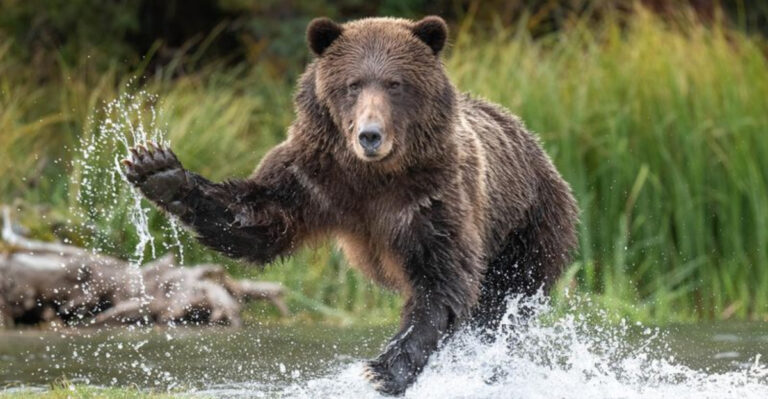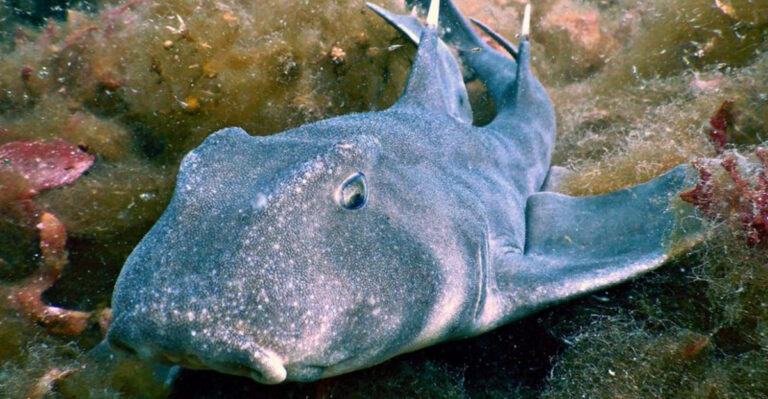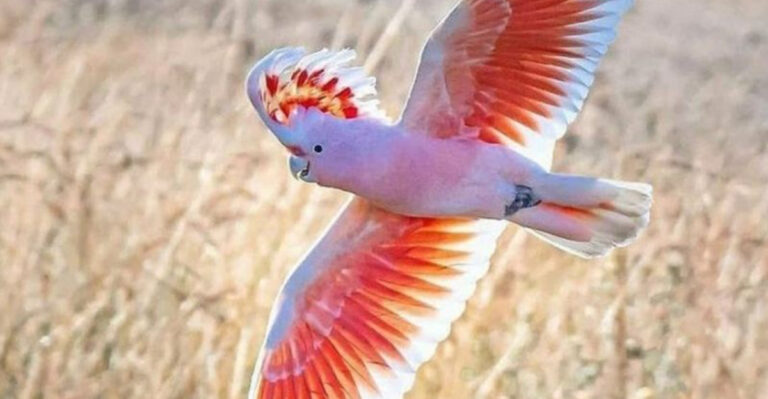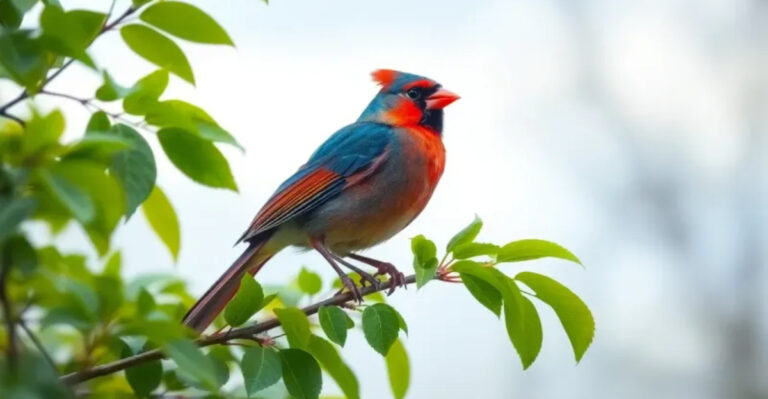10 Non-Venomous Pet Snakes That Can Still Be Dangerous (And Why?)
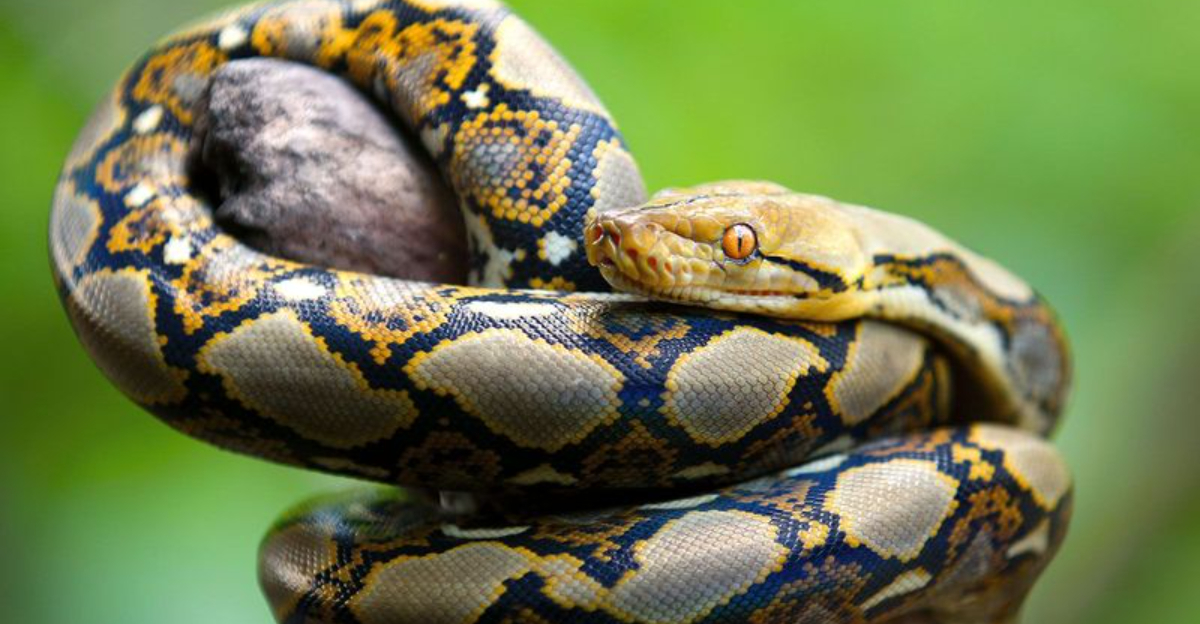
Snakes make fascinating pets, especially since many are non-venomous and relatively easy to care for. However, even non-venomous snakes can pose risks.
In this article, we explore 10 non-venomous pet snakes that can still be dangerous, highlighting the reasons behind their potential threats. From size and strength to unexpected behaviors, these snakes require responsible handling and care.
Let’s uncover the intriguing yet risky aspects of these popular pet companions.
1. Boa Constrictor
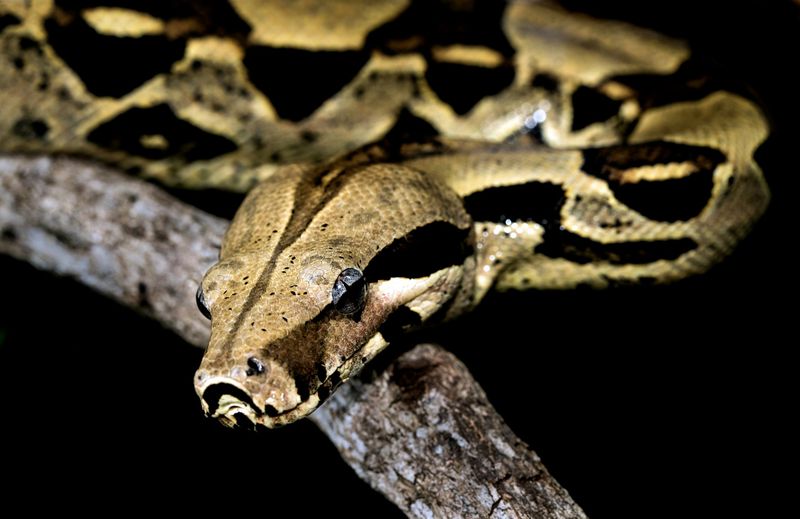
Boa Constrictors are large snakes, reaching up to 13 feet in length. Their sheer size makes them powerful.
These snakes wrap their bodies around their prey to suffocate them. Even if they aren’t venomous, their strength can pose a threat to humans.
Handling a Boa requires care. They can be unpredictable if startled or stressed. It’s essential to support their body fully when holding them. Always supervise interactions with children or pets.
If a Boa feels threatened, it might strike defensively. Regular, gentle handling helps them remain calm and manageable pets.
2. Burmese Python
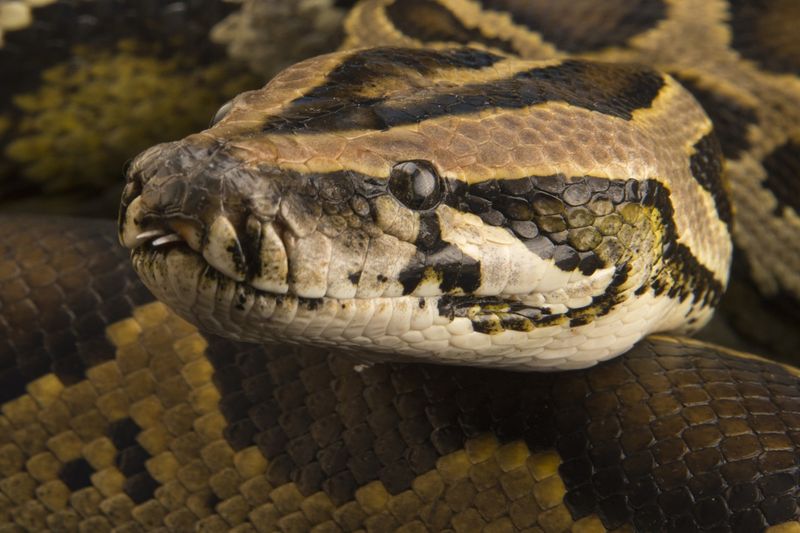
Burmese Pythons are known for their massive size, sometimes exceeding 20 feet in length.
Their strength is immense, capable of overpowering large animals. This makes them potentially dangerous to humans, especially during feeding.
Owning a Burmese Python requires understanding their needs. They need large, secure enclosures. Mishandling can lead to aggressive behavior or an accidental bite.
It’s crucial to have two people when handling these giants. Their weight and power can be overwhelming, even for experienced snake owners. Regular interaction helps them become docile pets.
3. African Rock Python
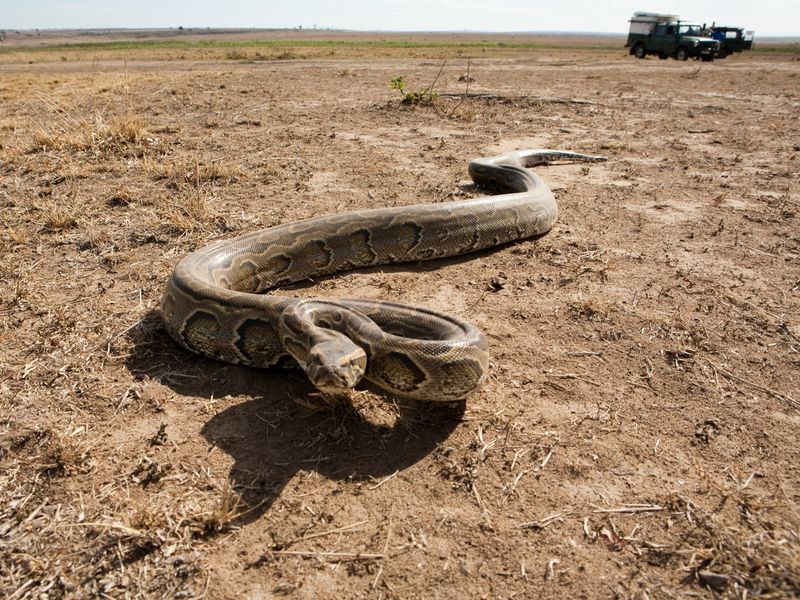
African Rock Pythons are formidable creatures, growing up to 16 feet.
They’re known for their aggressive nature, unlike some calmer species. Their bites can cause severe injury, despite being non-venomous.
These pythons require a lot of space and attention. Inadequate care can lead to stress and aggression. Their enclosures must be secure to prevent escape.
Handling should be done with caution. This species is less tolerant of human interaction compared to others. They can become more sociable with careful and consistent handling.
4. Reticulated Python
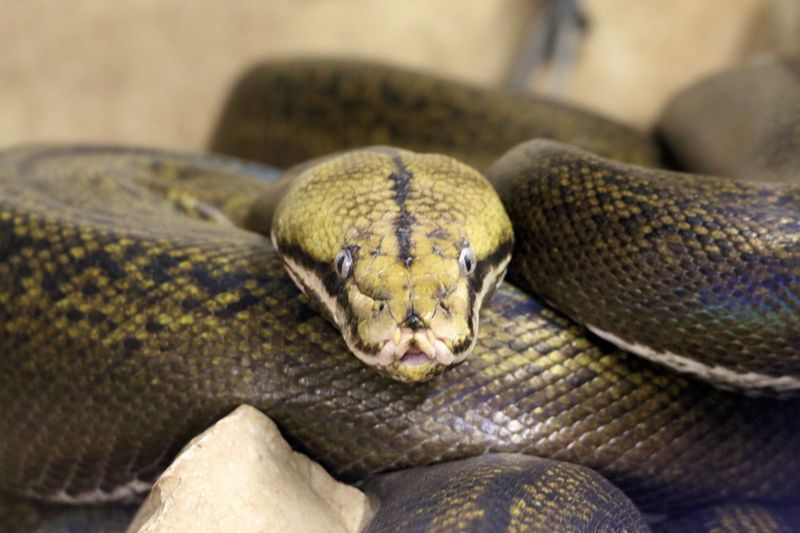
Reticulated Pythons are the longest snakes, reaching up to 30 feet. Their size alone can pose a danger, especially if they feel threatened or cornered.
These snakes have intricate patterns that make them stunning to look at. Despite their beauty, they require experienced owners.
Handling these giants involves understanding their behavior and signals. Misinterpretation can lead to defensive strikes.
To keep a Reticulated Python content, it’s vital to provide a spacious habitat. Regular, gentle interaction builds trust, making them more manageable and less prone to stress.
5. Anaconda
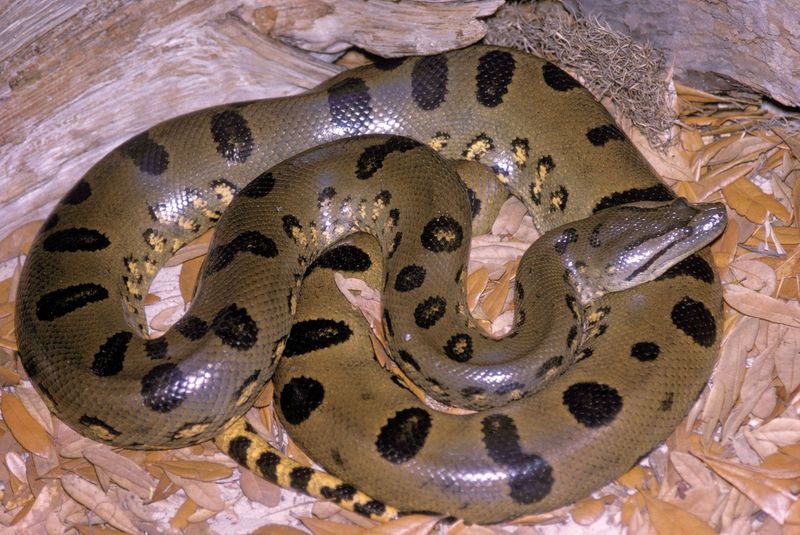
Anacondas, particularly the Green Anaconda, are incredibly strong and hefty. They can weigh hundreds of pounds and reach over 20 feet. Their sheer size and strength make them intimidating, even without venom.
These snakes are primarily aquatic, requiring a large water source in their enclosure. They can be aggressive when threatened, using their immense power to subdue threats.
Handling an Anaconda is not for the faint-hearted. They need experienced handlers who can manage their weight and temperament. Regular, calm interactions help in reducing potential risks.
6. King Snake
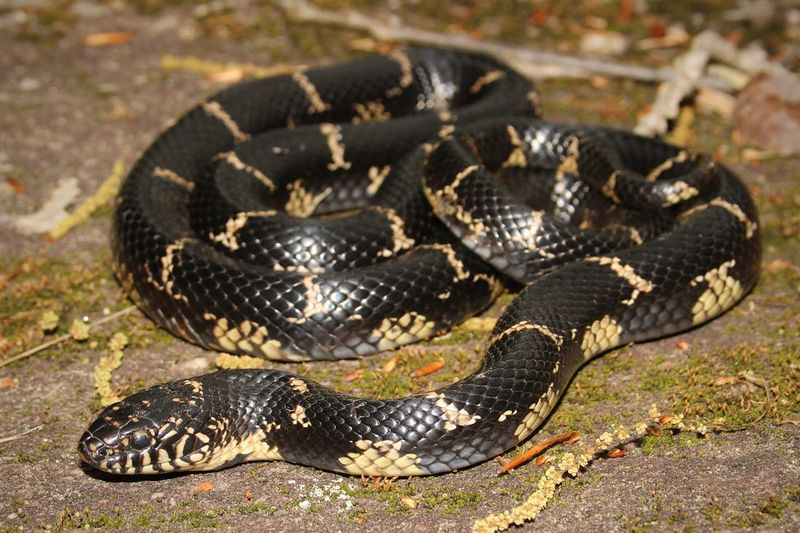
King Snakes are known for their striking appearance and mimicry. They often resemble venomous species, which can be misleading. These snakes are constrictors, using their bodies to subdue prey.
Despite their smaller size, they can be defensive if threatened. Quick movements or mishandling can provoke a strike. Their bites, while non-venomous, can be painful.
To prevent stress, it’s essential to handle King Snakes gently and confidently. Their ability to adapt to various environments makes them popular pets, appealing to both novice and experienced owners.
7. Bull Snake
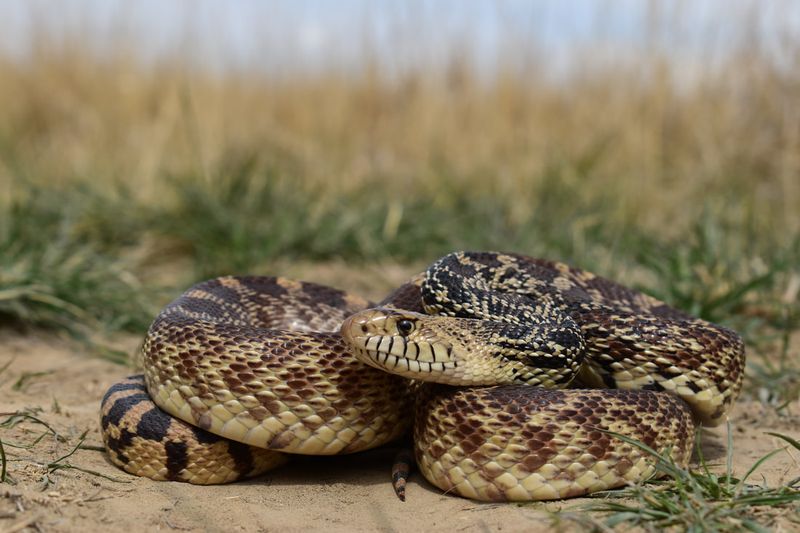
Bull Snakes are large, powerful constrictors, often mistaken for rattlesnakes due to their behavior and appearance. Their defensive nature includes hissing and tail rattling.
These snakes can be aggressive if they feel threatened or cornered. Proper handling techniques help mitigate this behavior. They’re known to strike if provoked.
Bull Snakes thrive in spacious, secure enclosures. Regular handling helps them adjust to human interaction, reducing stress and aggression.
Being patient and gentle is key to a harmonious relationship with these fascinating creatures.
8. Rainbow Boa
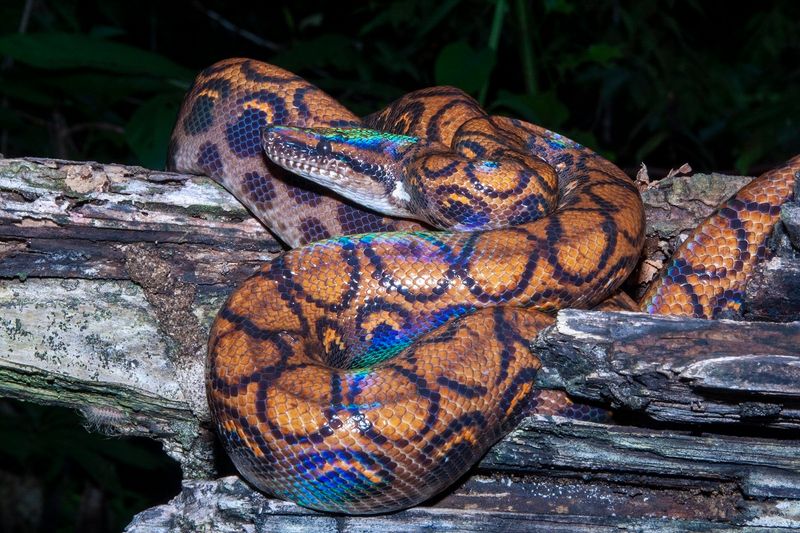
Rainbow Boas are known for their stunning iridescent scales. These constrictors, while smaller, are agile and quick, which can be surprising.
Handling must be gentle yet firm. Sudden movements can startle them, leading to defensive strikes. Their bites, although not venomous, can still cause discomfort.
Their beauty often attracts pet snake enthusiasts. To maintain a stress-free environment, ensure their habitat mimics their natural settings.
Regular, calm interactions help build trust, making them friendly and manageable pets.
9. Corn Snake
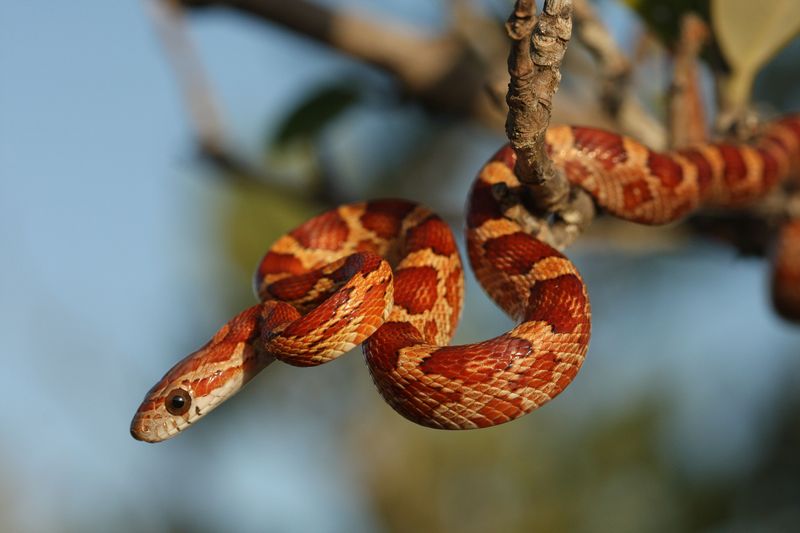
Corn Snakes are popular pets due to their docile nature and striking colors. They are excellent escape artists, requiring secure enclosures to prevent them from wandering.
While generally friendly, Corn Snakes can become stressed with excessive handling or abrupt changes in their environment. This can lead to defensive biting.
To keep a Corn Snake content, provide a well-structured habitat with hiding spots. Gentle handling helps maintain their calm demeanor.
They’re suitable for first-time snake owners, provided their needs are met and interactions are respectful.
10. Rat Snake
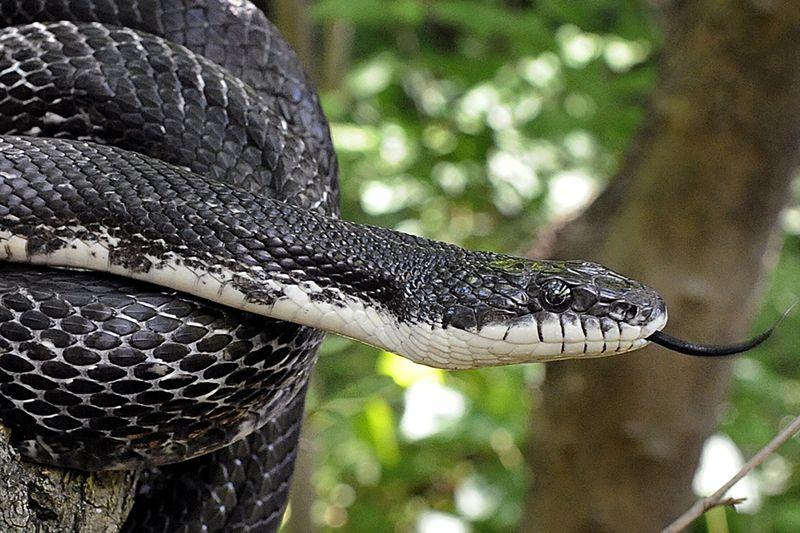
Rat Snakes are adaptable and can thrive in various environments. They’re known for their ability to climb and their calm disposition.
However, they can become defensive if surprised or mishandled. Their bites, though not dangerous, can be painful. Understanding their body language is key to avoiding unnecessary stress.
To keep a Rat Snake happy, it’s important to offer a stimulating environment. Include climbing branches and hiding spots.
Regular, gentle handling helps in making them feel secure and reduces the likelihood of defensive behavior.

